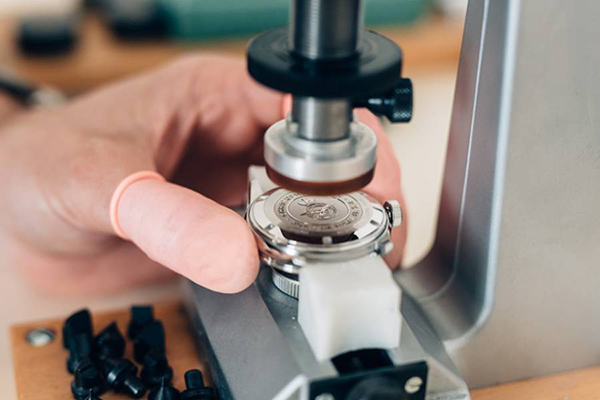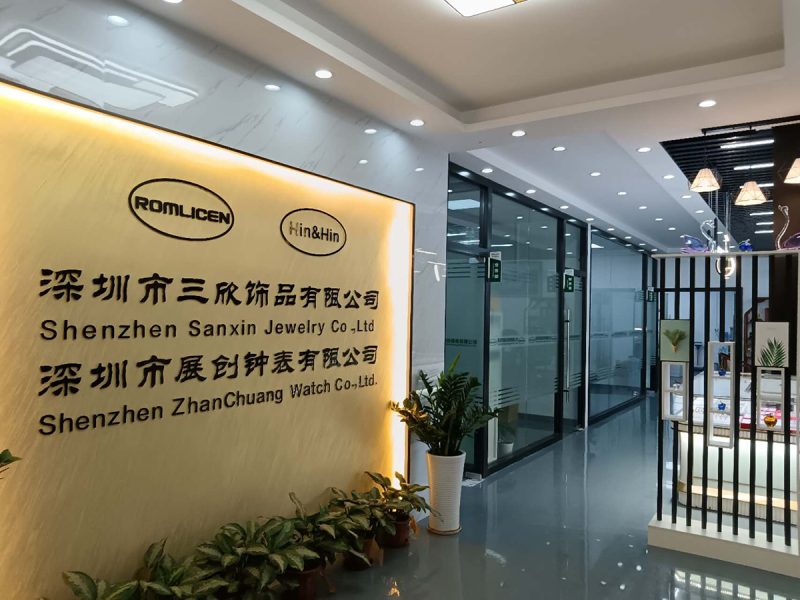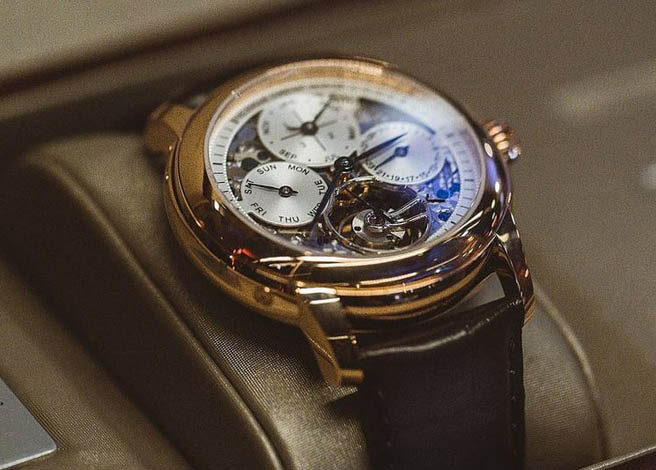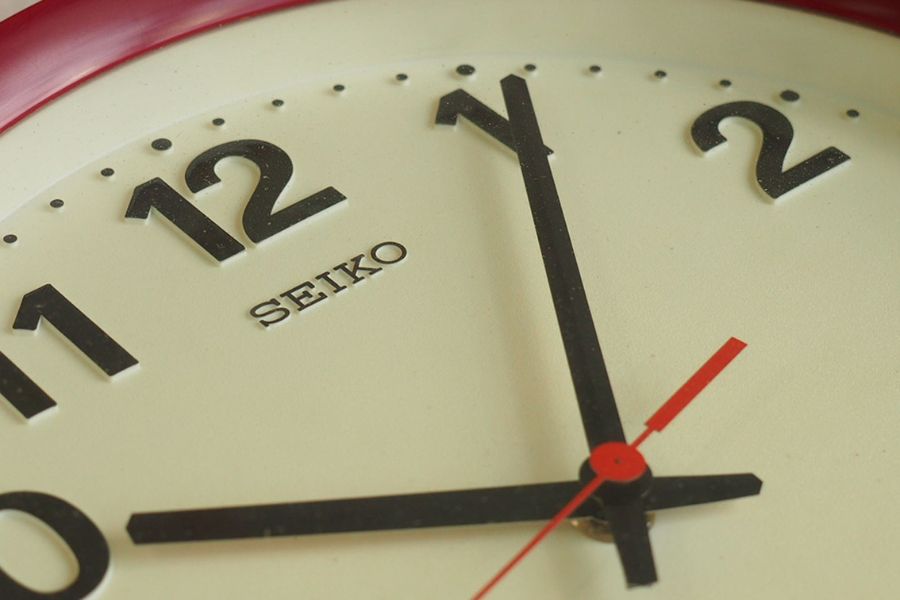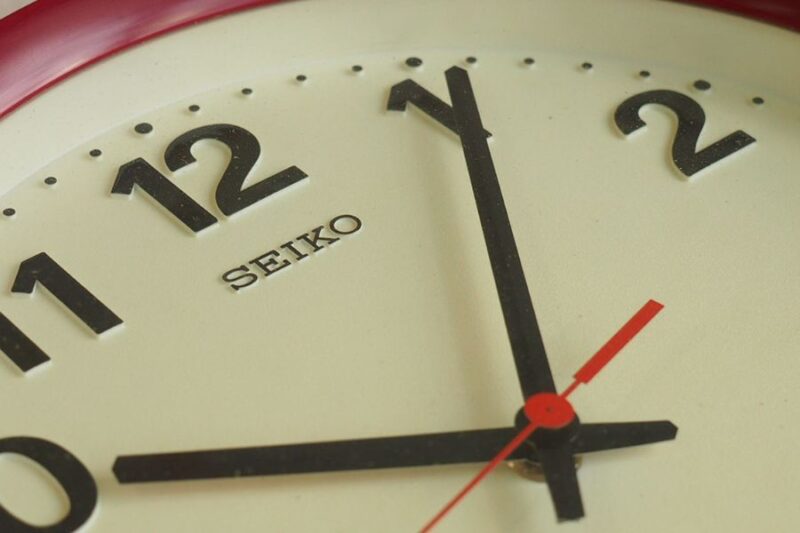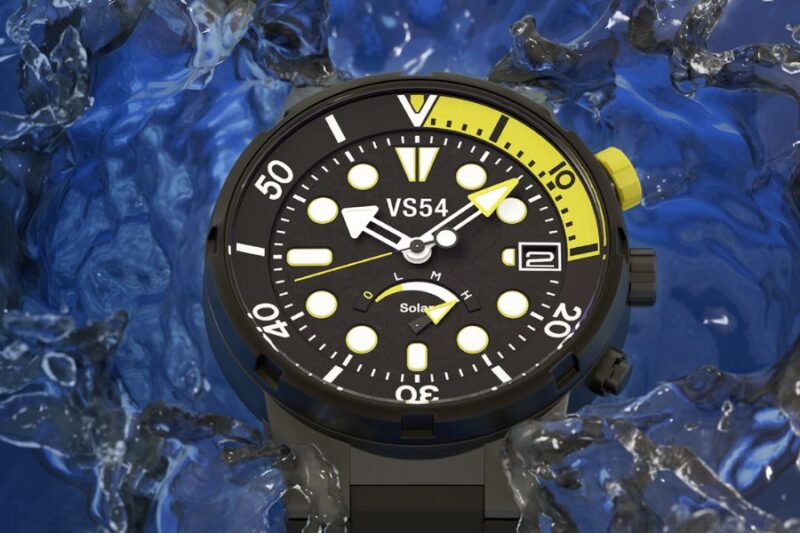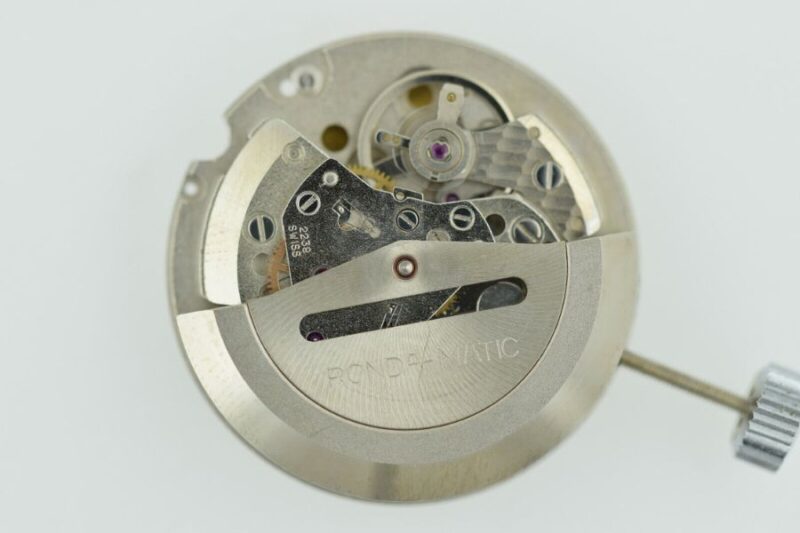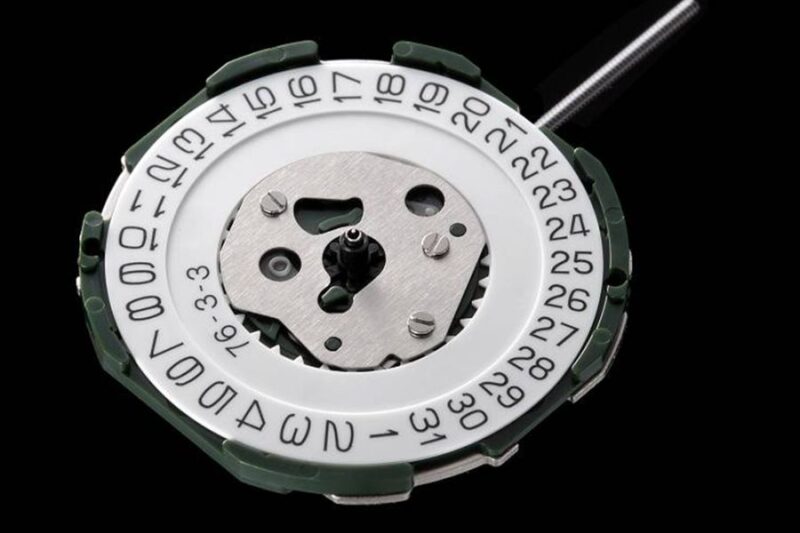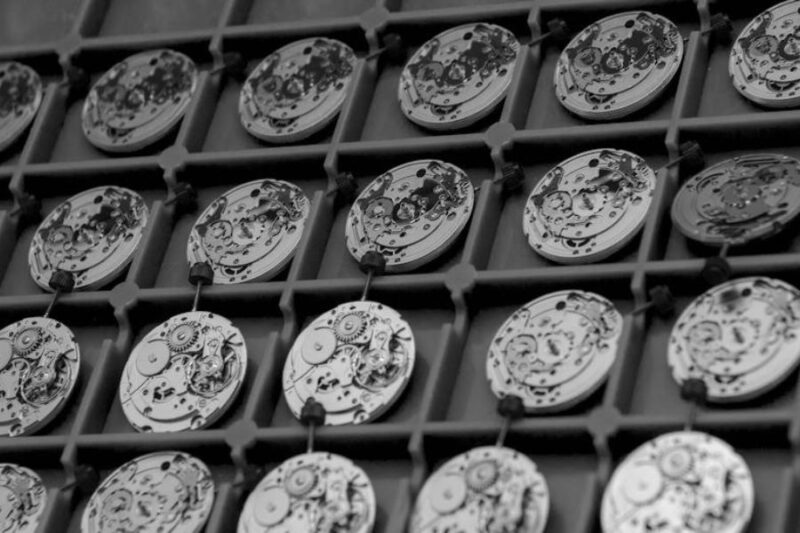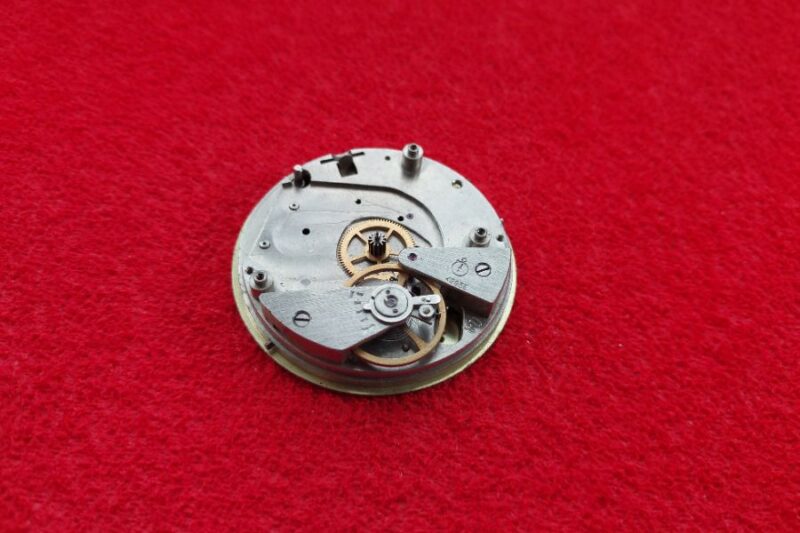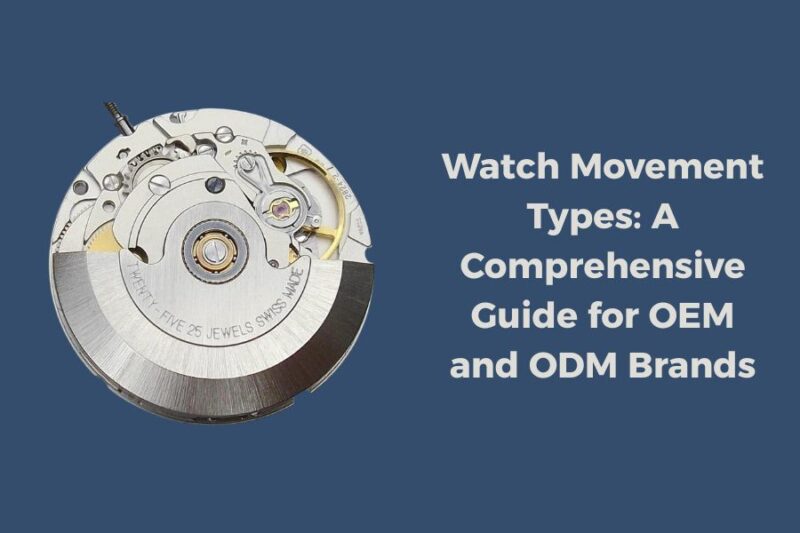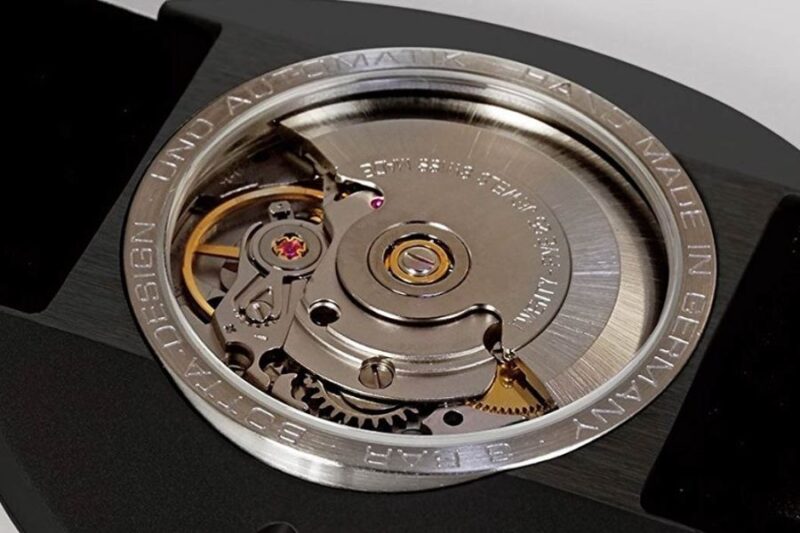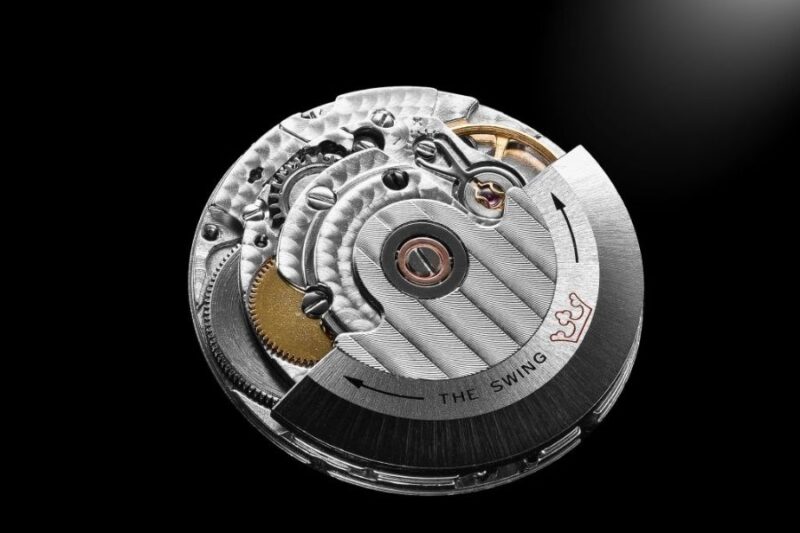Table of Contents
Introduction
The heart of any watch lies in its movement, and for OEM watch brands, choosing the right one is crucial. Seiko watch movements are renowned for their precision, durability, and versatility, powering everything from elegant dress watches to rugged dive watches. As a leading OEM/ODM watch manufacturer, Romlicen integrates Japanese watch movements like Seiko’s into custom designs, helping brands create timepieces that reflect their unique identity. In this article, we’ll dive into why Seiko watch movements are a top choice for OEM manufacturing and how they elevate private label and custom logo watches.
What Are Seiko Watch Movements?
Seiko, a cornerstone of Japanese watchmaking, produces movements that combine innovation and reliability. These Seiko watch movements are available in several types, each suited to specific watch styles:
- Automatic Movements: Self-winding, like the NH35, ideal for mechanical enthusiasts.
- Quartz Movements: Accurate and low-maintenance, such as the VX42, perfect for slim designs.
- Kinetic Movements: Blending automatic and quartz technology for eco-friendly performance.
- Solar Movements: Light-powered, offering sustainability for modern brands.
Known for their accuracy and cost-effectiveness, Seiko movements for custom watches are a go-to for OEM manufacturers. Their versatility makes them suitable for diverse projects, from affordable everyday watches to premium private label collections.
A Brief History of Seiko Movements
Seiko’s watchmaking journey began in 1881, but its global impact was cemented in 1969 with the Astron, the world’s first quartz watch. This milestone highlighted Seiko’s innovative spirit, followed by the introduction of kinetic movements in 1988 and solar movements in the 1990s. Today, Seiko watch movements are trusted worldwide for their consistent quality, as detailed on Seiko’s official history page.
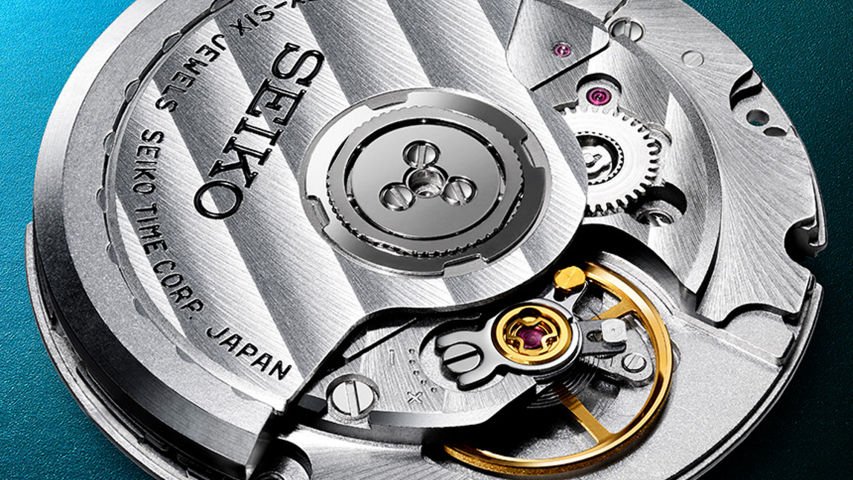
Why Choose Seiko Watch Movements for OEM Watches?
For OEM brands, Seiko movement for OEM watches offers a compelling balance of quality and value. Unlike premium Swiss movements, Seiko delivers reliable performance at a fraction of the cost, making it ideal for mid-range and high-end watches. Their movements undergo rigorous testing, ensuring accuracy (e.g., ±15 seconds/day for the NH35) and durability across various environments.
Romlicen has successfully used Seiko movements in numerous projects. For instance, a recent private label dive watch series paired the Seiko 4R36 automatic movement with a bronze case, delivering a vintage aesthetic within budget. This flexibility—spanning automatic, quartz, kinetic, and solar options—makes Seiko a versatile choice for custom watch movement needs.
Applications in Custom Watch Design
Seiko watch movements excel in custom watch design, supporting a wide range of styles. The 7S26 automatic movement, with 200-meter water resistance, is a staple for dive watches, while the VX series quartz suits sleek dress watches. Romlicen enhances these movements with customization, allowing logos on dials, case backs, or crowns. This ensures custom logo watches carry both brand identity and Seiko’s trusted performance, appealing to boutique and established labels alike.
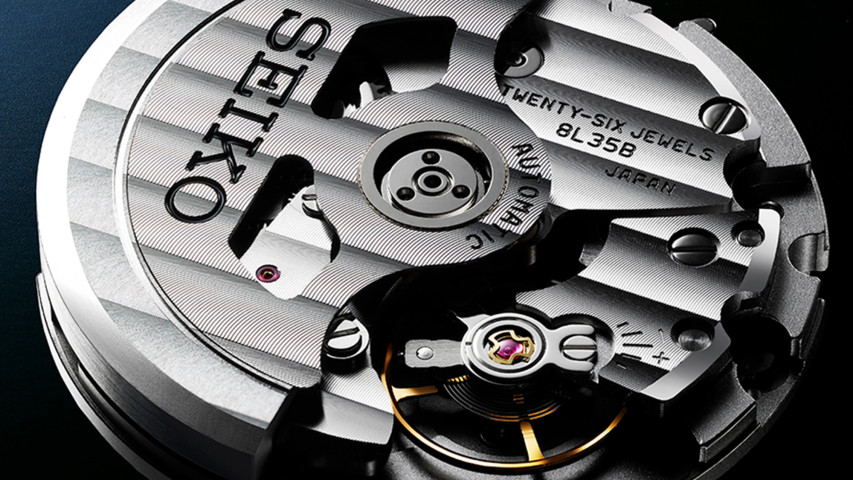
Seiko vs. Other Watch Movements: A Quick Comparison
How do Seiko watch movements compare to other options? The table below highlights key differences with Swiss (ETA/Sellita) and Chinese (Sea-Gull) movements:
Feature | Seiko (Japan) | Swiss (ETA/Sellita) | Chinese (Sea-Gull) |
|---|---|---|---|
Cost | Affordable, mid-range | Premium, high cost | Very low, budget-friendly |
Accuracy | High (±15 sec/day) | Very high (±10 sec/day) | Moderate (±20 sec/day) |
Durability | Excellent, proven | Exceptional, industry standard | Good, improving |
Availability | Widely available | Limited, supply constraints | High, easy to source |
Customization | Flexible for OEM designs | Moderate, less flexible | High, but quality varies |
Seiko strikes a balance, offering better consistency than Chinese movements and lower costs than Swiss alternatives. For OEM brands, this makes Seiko vs Swiss movement a practical choice for affordable watch movements. Learn more about selecting movements on our Watch Design Services page.

How Romlicen Integrates Seiko Movements in OEM Services
Romlicen’s OEM watch manufacturing process is built around collaboration and precision. We begin by selecting the optimal Seiko movement—such as the NH35 for automatic watches or the VX42 for quartz designs—based on your brand’s needs. Customization options include placing your logo on the dial, case back, crown, or buckle, paired with materials like 316L stainless steel or titanium.
A recent project saw us craft a custom logo watch with Seiko movement, using the 4R36 in a titanium case for a lightweight, modern look. This tailored approach ensures your watches align with both aesthetic and performance goals, delivering value without compromise. Ready to start? Visit our OEM Watch Services page.
Conclusion
Seiko watch movements are a cornerstone of OEM watchmaking, offering precision, reliability, and affordability. From automatic to solar options, they empower brands to create standout custom logo watches. At Romlicen, we combine Seiko’s trusted movements with our expertise to deliver timepieces that elevate your brand. Ready to craft your next collection? Contact us via our Contact Us page to explore how we can bring your vision to life with Seiko movements for custom watches.
Related Reading
- OEM vs ODM: Which Custom Watch Manufacturing Service Is Right for Your Brand?
- From Concept to Production: How Custom Logo Watches Can Elevate Your Brand
- How to Start Your Own Watch Brand: A Step-by-Step Guide for Entrepreneurs
- How to Start Your Own Watch Brand: A Step-by-Step Guide for Entrepreneurs
- Understanding MOQ in Custom Watch Manufacturing: What You Need to Know
- 5 Key Factors to Consider When Choosing a Watch Manufacturer
- What to Look for in a Reliable Watch Manufacturer: A Complete Guide
- The Benefits of Partnering with a Chinese Watch Manufacturer for Your Brand
- The Advantages of Working with an Experienced OEM Watch Manufacturer
- Exploring the Benefits of Swiss, Japanese, and Chinese Watch Movements
- The Difference Between Quartz and Mechanical Movements in Custom Watches
- Understanding the Costs of Custom Watch Manufacturing: What Influences Pricing?
